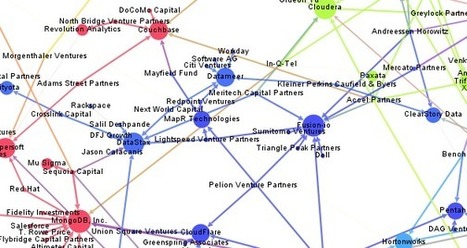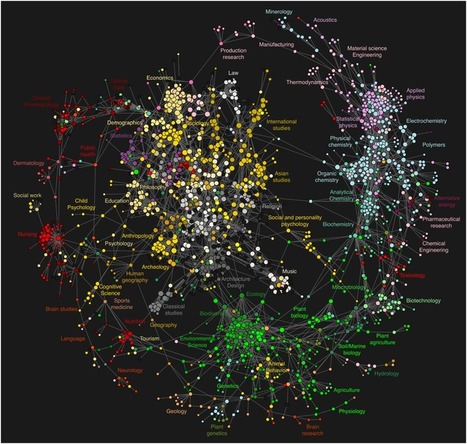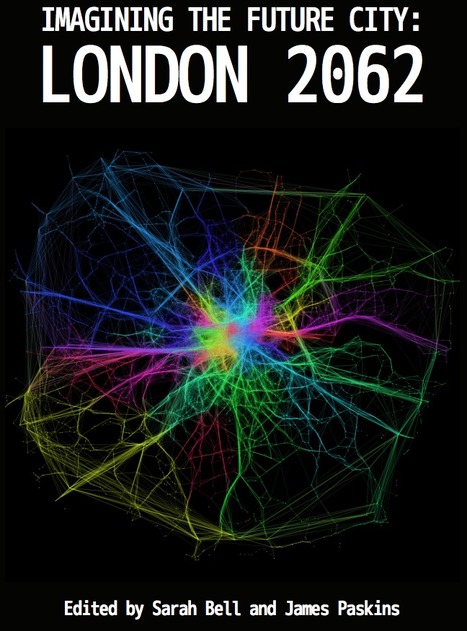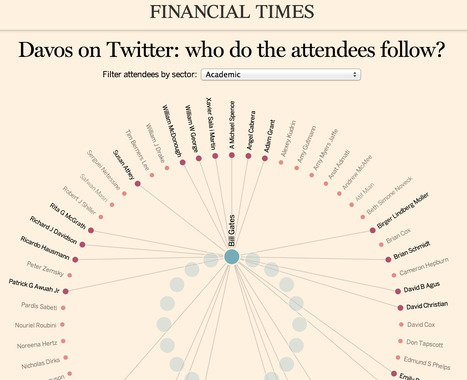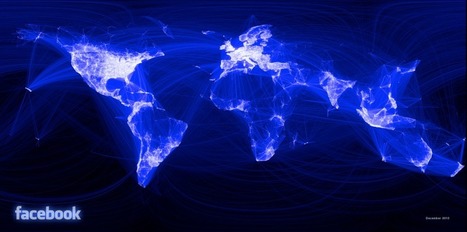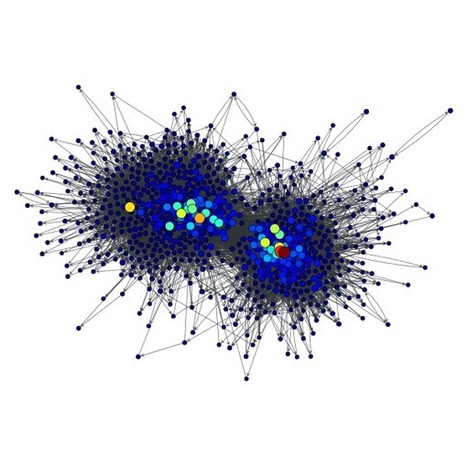Quand Charles Darwin rencontre Larry Page Le premier arbre phylogénétique, tel qu'il apparaît en 1859 dans De l'origine des espèces au moyen de la sélection naturelle de Charles...
"Dessine-moi un mouton", demandait le Petit Prince à l'aviateur. La représentation graphique a toujours été vecteur de connaissance, mais aujourd'hui, dans une culture qui abandonne peu à peu l'écrit pour l'image, elle devient une composante essentielle de la transmission du savoir. Un second défi se dresse : comment rendre compte de la masse d'informations disponibles pour décrire fidèlement la complexité du monde dans lequel nous évoluons, et notamment la diversité de la biosphère ? La conjugaison de ces deux ambitions a donné naissance au projet OneZoom (www.onezoom.org), un outil numérique qui permet de visualiser une version numérique de l'arbre de la vie. Une immersion dans la biodiversité, et une belle invitation à la curiosité. (...) - par Guillaume Frasca, La science infuse, 16/10/2012
Source : J. Rosindell et L.J. Harmon, OneZoom: A Fractal Explorer for the Tree of Life, PLoS Biology, 16 octobre 2012.
Via Julien Hering, PhD, luiy, @backbook, Catherine Pascal



 Your new post is loading...
Your new post is loading...








